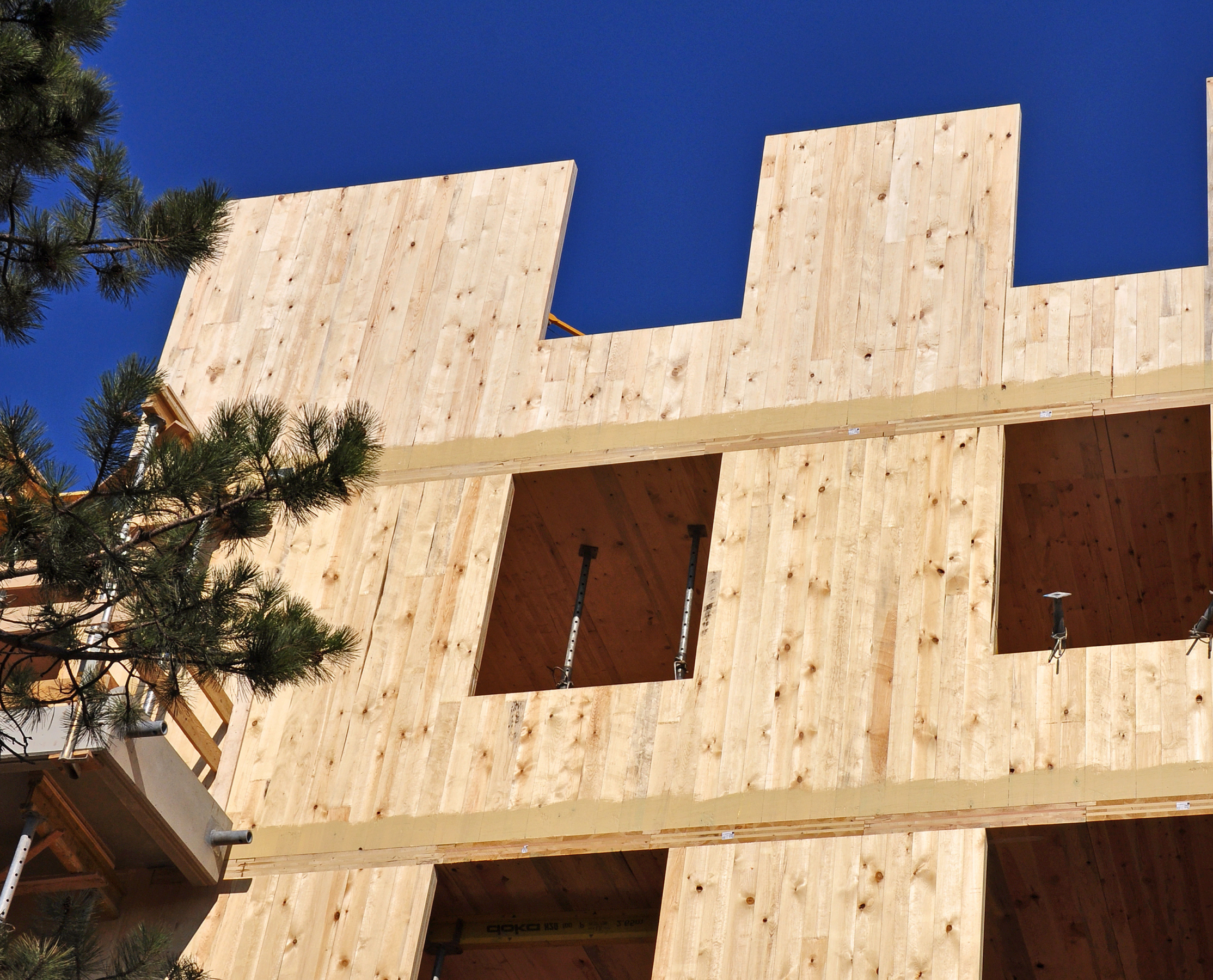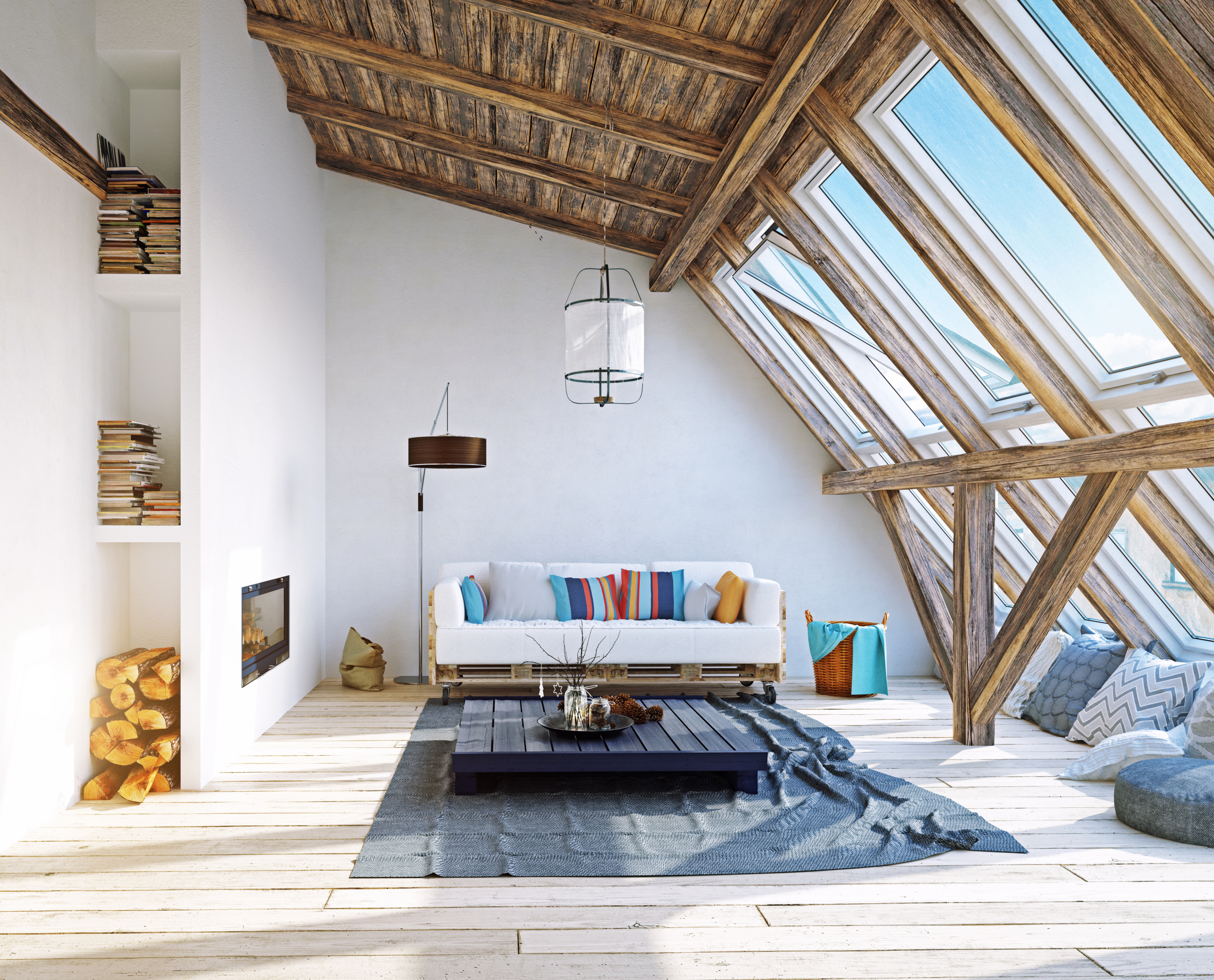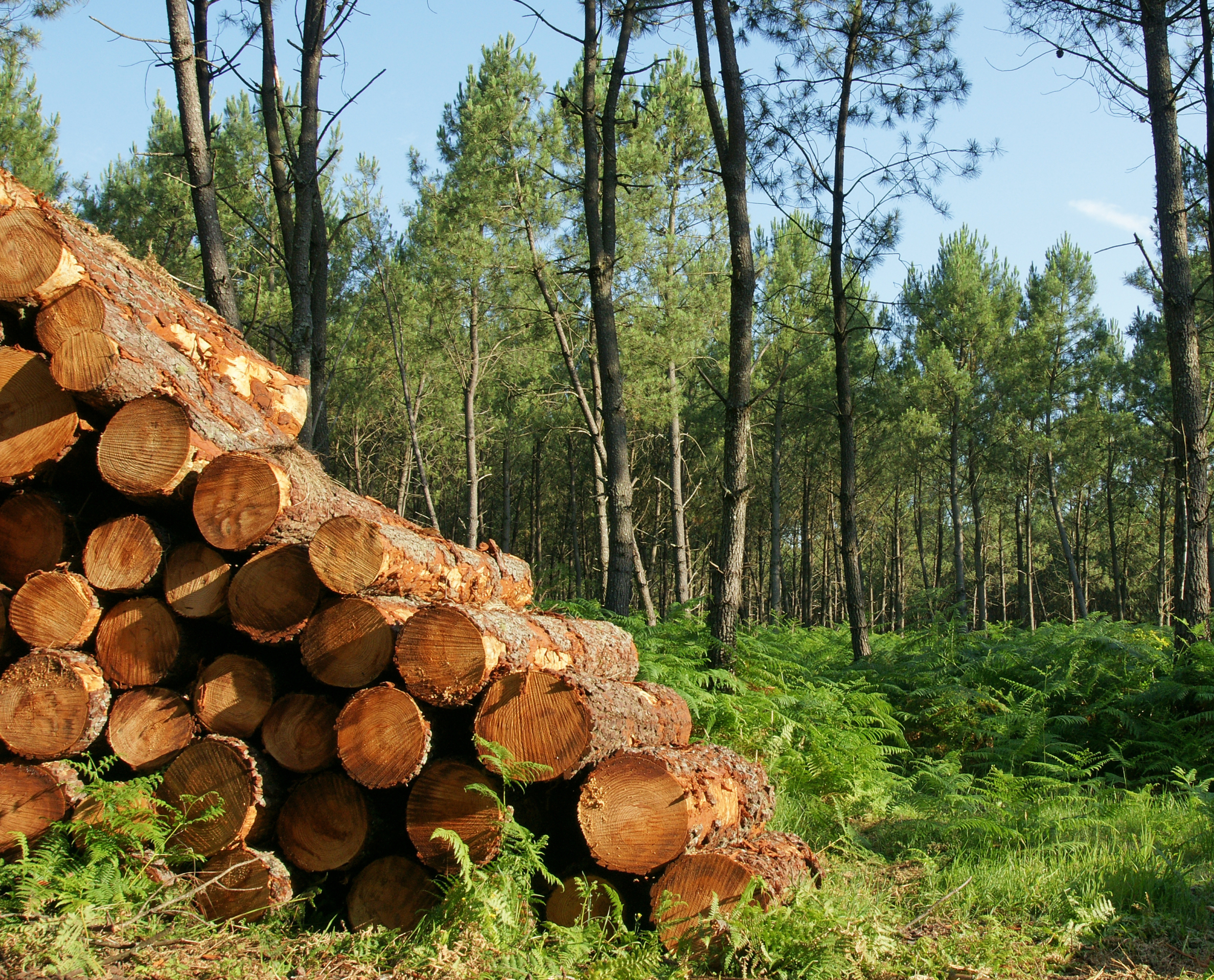The CLT construction market in 2021

CLT, or cross-laminated timber , is a wood-based material that offers a number of construction advantages. It’s an environmentally-friendly, high-performance, lightweight solution that can be installed quickly and efficiently, saving space in buildings. Developed in Europe in the 1990s, CLT is now widely used in North America and is increasingly being developed around the world. And like all wood materials, European regulations require that wood be treatment with an insecticide and fungicide before installation. We tell you all about the market.
The main CLT producers
The companies producing the largest quantities of CLT worldwide are located in Central Europe, in the DACH region (Germany, Austria and Switzerland), followed by Italy and the Czech Republic.
In 2019, the three largest producers in the DACH region produced a total of more than 500,000 m³ of CLT out of the 1.44 million m³ produced by the sixty or so production lines worldwide.
In 2019, only these three companies had production capacity of more than 100,000 m³ of CLT, the equivalent of 4,500 60m² flats.
Strong growth in the European CLT market
Since 2008, CLT has seen annual growth of 17%. While Eastern Europe is still the region with the highest concentration of CLT producers, Scandinavia is producing more and more CLT every year. Norway and Sweden are two countries in particular where production growth is exponential. In Norway, between 2004 and 2018, demand for cross-laminated timber rose from 5,000 m3 / per year to 70,000 m3 / per year.
In 2020, faced with growing worldwide demand for CLT for construction, the main producers in the DACH region, Italy and the Czech Republic optimised their production sites to increase quantities, reaching 1 million m³ of CLT produced over the year.
New players have also emerged in the DACH region, with production capacities of around 100,000 m³ each. By 2023, production capacity in these regions should exceed 2 million m³ per year following the construction of 8 new production sites.
Protecting CLT effectively and sustainably
CLT is an eco-friendly alternative alternative for building construction. A renewable material that acts as a carbon sink, CLT, which stores around 460 kg of CO2/m³, is considered to be the future of sustainable construction.
To prevent the development of fungi and protect the panels from wood-boring insects, CLT panels should be protected with a water repellent, fungicide and insecticide.
With the AXIL CLT SYSTEM concept, Groupe Berkem markets a complete solution for staining and protecting cross-laminated timber panels over the long term.




